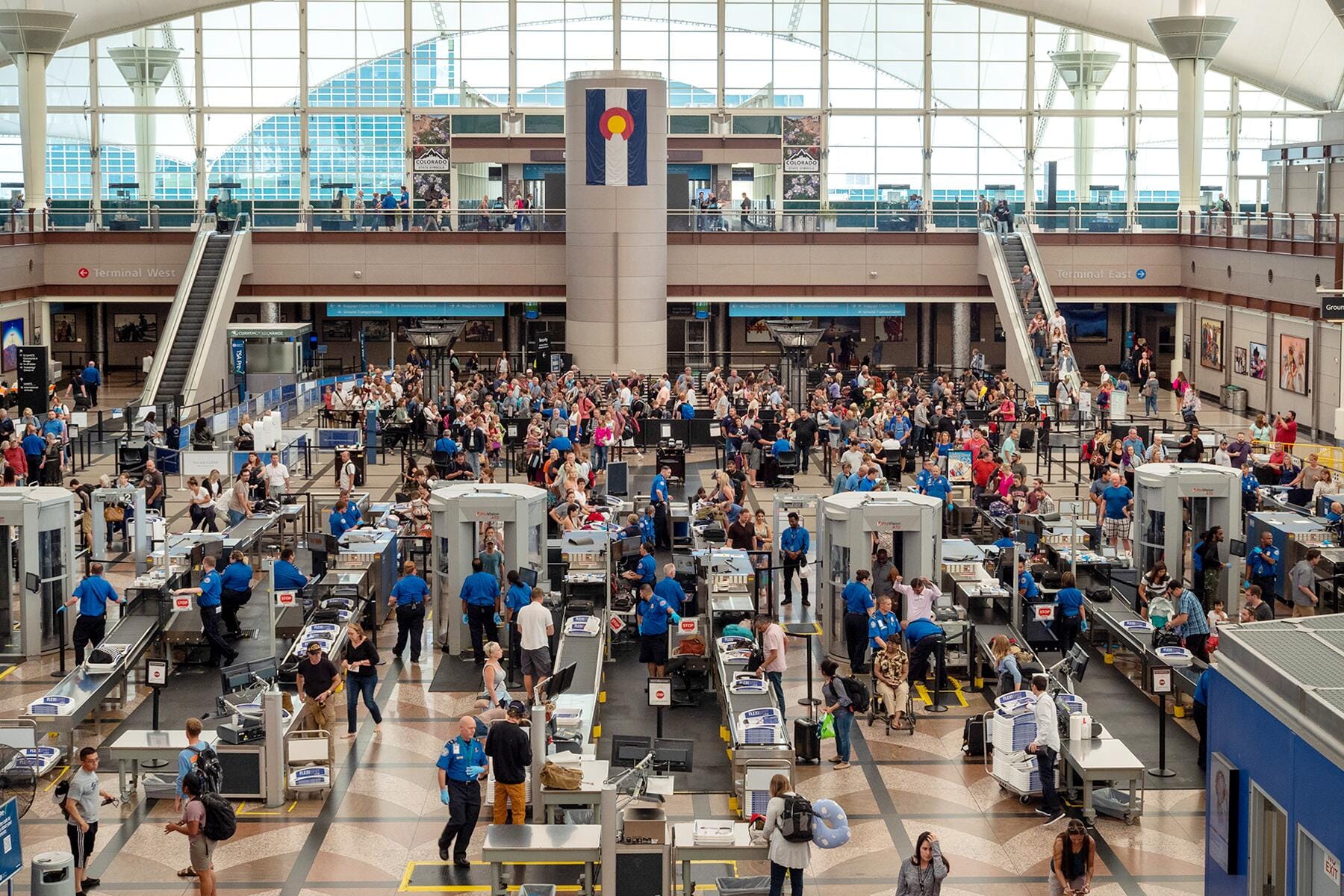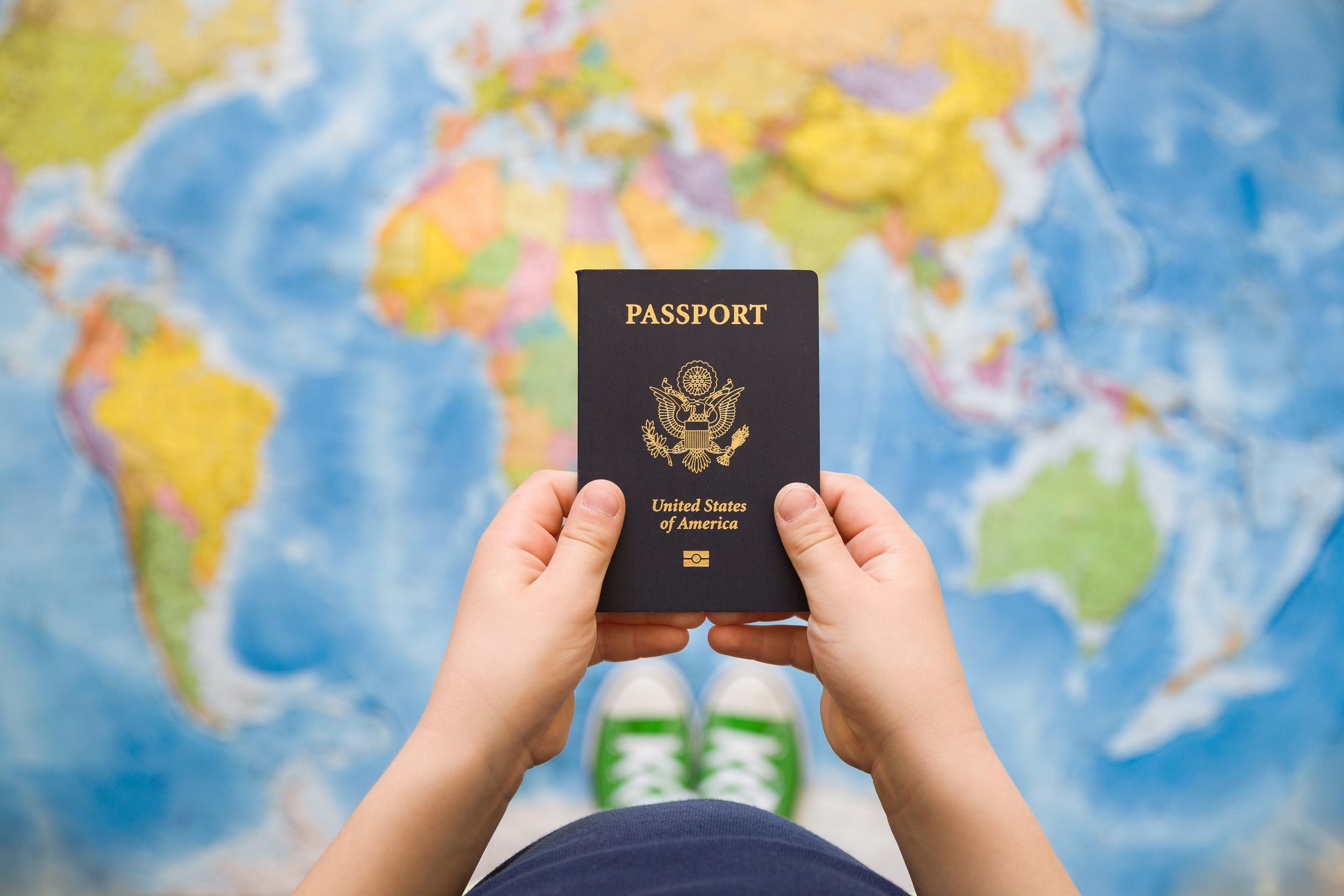Even the most organized and careful traveler can lose their wallet or passport.
When your ID or credit cards go missing before a flight or other travel, don’t panic. Although stressful and upsetting, losing your passport or ID isn’t the end of the world, but you should act fast. You’ll need to get a replacement ID as quickly as possible and alert the appropriate agencies and organizations that your information may be stolen. Here are the steps you should take if you’ve lost your important documents and financial information before and after your trip.
What to Do if You Lose Your ID in the U.S.
If you’re an American citizen and your driver’s license or photo ID card is lost or stolen while you’re in the U.S.:
File a local police report immediately. Having a paper trail and a police report on your stolen identification can help pinpoint exactly when and where your information loss occurred in the event that someone is trying to steal your personal information or accounts.
Get to the airport early. In the U.S. the Transportation Security Administration has a process to deal with lost IDs. The most important step to take is to arrive extra early at the airport to allow time for the case-by-case security interview. According to TSA.gov, a TSA officer will issue an identity verification process which includes collecting information such as your name, current address, and other personal information to confirm your identity.
Recommended Fodor’s Video
Even if you are allowed through the checkpoint, be prepared for additional screening like inspection of your carry-on luggage and a pat down.
Purchase round-trip airfare with a credit card. Credit card charges can be easily traced by the airline, and a boarding pass for your return flight is often enough to convince security agents that you had your ID when you flew out. One-way tickets may prove more of a problem.
Show any unofficial ID. Other forms of identification can be used to assure TSA officials that you are who you say you are.
Documents like a U.S. passport card, a trusted traveler card (Global Entry card, NEXUS, FAST, CLEAR), a U.S. Department of Defense card, a permanent resident card, and other official identification cards are accepted.
If you don’t have other official documents, anything that includes your name and possible photo helps with the TSA screening interview. Business cards, library cards, social security cards, student ID, credit cards with your name, professional websites, photos of you and your family, and more can all help prove your identity when flying.
The TSA adds this qualifier: “We understand passengers occasionally arrive at the airport without an ID due to lost items or inadvertently leaving them at home. Not having an ID does not necessarily mean a passenger won’t be allowed to fly. If passengers are willing to provide additional information, we have other means of substantiating someone’s identity, like using publicly available databases.”
What to Do if You Lose Your ID Abroad
Losing your ID (passport, photo ID) outside the U.S. complicates the process, but most countries have a system to help tourists with this common problem.
Bring proof of identity. One of the most important things you can do to prove your identity in a foreign country is to make copies of your passport and birth certificate.
A simple photocopy of these documents should be kept with a person you trust or packed separately from where you usually keep your passport and identification.
Storing this information in the iCloud or in your photo bank allows you to access it via a mobile device, and emailing copies to yourself and other trusted friends or family can allow others to email such information as needed.
Sign up for the Smart Traveler Enrollment Program. STEP is a free online service offered on the website for the U.S. Department of State that will make it easier to get help during a crisis while traveling.
Contact the nearest US consulate or embassy. U.S. embassies can be easily found on the Department of State (DOS) website, but a hotel concierge or local officials can also help direct you to the local consulate or embassy. You can also call the DOS Overseas Citizens Service at 202-501-4444 from overseas.
Again, it’s important to have trusted friends or family back home who can verify your identity and provide a copy of your passport and birth certificate.
Replace your passport. Once your identity has been verified, you’ll have to fill out a new passport application and file an affidavit. If you believe your passport was stolen, file a local police report to detail when and where your identification was stolen. This helps back up your story and helps prove your identity.
Once you get back home, you must submit Form DS-11 in person and/or make an appointment to apply in person at a passport agency or center to replace your passport. Replacing a passport will cost you at least $85 but will be valid for the usual ten years.
For emergencies or if you need a passport immediately, the DOS can issue a conditional passport to get you back into the U.S., where you can provide proper documentation.
What to Do if You Lose a Credit Card
Losing your credit cards can send you into a tailspin of panic, but luckily, credit card companies are on top of suspicious activity. Even if charges are put fraudulently on your card before you even notice they are gone, many card issues will rescind all bogus charges after they check to ensure you didn’t make the purchases. However, if you notice a credit or ATM card is missing, and especially if you know it was stolen, be prepared to notify the bank or card issuer as quickly as possible to lock down that card.
File a police report and notify card issuers. File a police report and contact your credit card companies and banks immediately. You can also place a fraud alert on your credit report. Reporting the loss immediately before someone can use your card often lets you off the hook for any fraudulent charges that may have slipped through.
Look into your credit card’s travel insurance. Before traveling, check to see if your credit cards have travel insurance. Such cards as Visa Signature, World MasterCard, and American Express offer traveler’s insurance as a free member benefit, including help with identity theft.
Report a lost or stolen card. Do not wait to notify your card issuer or bank once you’ve realized your cards are missing. Your credit card has a special contact number for reporting lost or stolen cards, and while you can find this information online, it’s good advice to keep an email or photocopy the number for easy access.
Research your card’s replacement policy. Before you go, find out what the policies are if you were to need a replacement card. If it was issued by American Express or a major bank like Citi or Chase, they may have branches where you travel. Just in case, bring your contact information with you. All banks will allow you to call collect from abroad and provide a replacement card if yours is lost or stolen.
Other helpful tips. Take a photo of the front and back of each card you plan to travel with and keep that photo secure in either a locked album on your smartphone or password-protected cloud storage like Dropbox.
Store your credit cards and identification in a money belt or crossbody cut-proof RFID-protected cross bag instead of a wallet or regular purse. Do not keep these items loose in a pocket or any place where it can be easily pickpocketed.
Carry some local currency and U.S. cash in case of emergencies. Having cash or a prepaid debit card can help in case replacement cards cannot be issued in a timely manner.
Many international destinations also accept digital payments now, like Apple Pay, but your card information may still be at risk if your phone might be lost or stolen.
Although not required, letting your bank or card issuer know your travel plans can help reduce declined charges and provide backup proof of possible fraud in case of a stolen card.




